Sharp Aquos R3 hands-on review: a closer look at the double notch
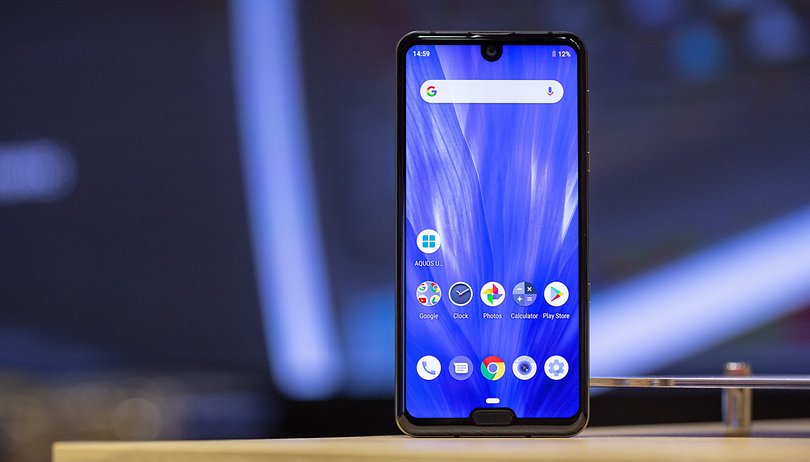

Sharp celebrated its smartphone comeback on the European market with mid-range devices in 2018. At the IFA 2019, the Japanese manufacturer had the Sharp Aquos R3 in its luggage, a smartphone that stands out from the crowd and is expected to cause a stir in the high-end market. We went hands-on with the Aquos R3, to see what it's all about.
Sharp Aquos R3 release date and price
The Sharp Aquos R3 is already available, but only in Japan. In Europe, the Aquos R3 will be launched in the fourth quarter of 2019, with first deliveries coming to Germany, Belgium, the Netherlands, and Luxembourg. Sharp has put the price of the Aquos R3 at €729.
Double notch design intrigues
Turned off, the Sharp Aquos R3 would be as easily submerged in the smartphone world as I would at the famous Shibuya intersection in Tokyo. But as soon as the display lights up, you see two screen notches at once. The upper notch is a U-shape for the front camera, and doesn't really stand out these days. But the lower notch makes you look twice.
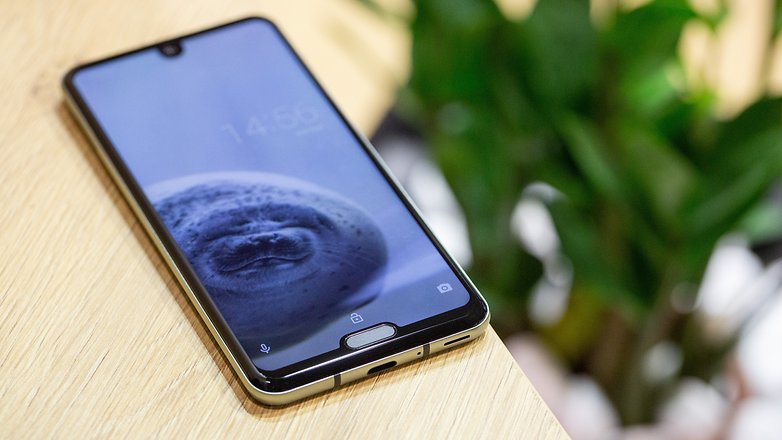
Exactly why this second notch was deemed to be a good idea is not completely clear, but one advantage is obvious: you can now house a fingerprint sensor. This sits exactly in the notch and also fills it out. Because Sharp's IGZO displays are based on TFT panels, no fingerprint sensor can be used under the screen. Sharp could certainly have moved the fingerprint sensor to the back, but the cheaper Sharp smartphones have it there, so the flagship would no longer stand out from its cheaper sister models.
120Hz display makes you forget the notches
If you don't stare permanently at the double notch, the IGZO display from Sharp can be quite pleasing. The very high refresh rate ensures a butter-soft display and a flicker-free image. R he latter, especially, will delight the YouTubers and video makers. Not for viewing, but for whenever you need to show a phone on video, because the Sharp Aquos R3 is one of the few smartphones on the market whose display can be recorded without flicker worries. Thanks to Sharp's IGZO technology, the individual pixels can hold the necessary energy longer without loss. Our video man Stefan praised the flicker-free high-resolution display and the Aquos R3 during the production of our German language hands-on video at Sharp's IFA stand.
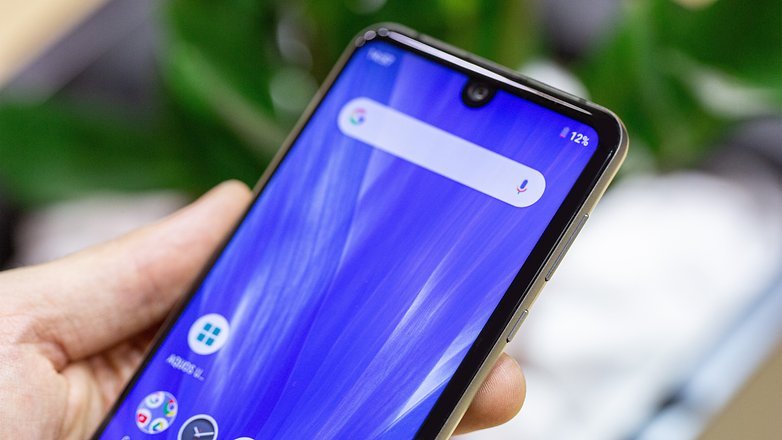
Android 9.0 with a lot of Sharp flair
Sharp delivers its flagship with Android 9.0 Pie and, of course, adds a touch of Sharp flair. Stock Android friends will certainly not have their pleasure here, but at least Sharp has such an independent software interface.
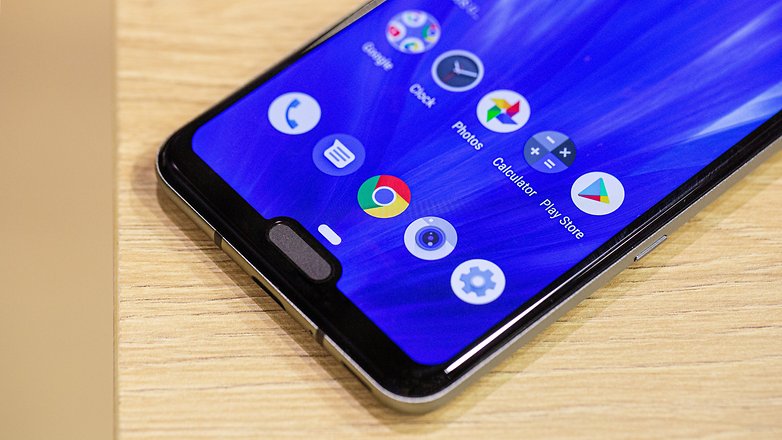
Sharp Aquos R3 performance
Sharp has also improved things when it comes to performance. The current devices are solid, but among smartphone elite, Sharp phones have never catapulted themselves to the top. But the Aquos R3 has the potential to keep up with the Android elite of the Samsung Galaxy S10, Huawei P30 Pro or Google Pixel 3. Inside, Qualcomm's Snapdragon 855 with 6GB of RAM and 128GB of storage provides more than enough power reserves to play a game of Fortnite or PUBG in high resolution. We will find out how fast Sharp's top model is and how it will perform in direct comparison with the above-mentioned smartphones after receiving a test device and putting it through its paces.
Dual camera is the potential Achilles heel
These days, the camera has become more important than the pure performance of a smartphone. Great pictures in the highest quality with beautiful bokeh and night shots that look as if they were taken with floodlights are just better to spread over social media platforms and are more valued than fluid presentation and fast app-switches. This might be one of the two weak points of the Aquos R3. I'm not talking about quality yet, because to be able to evaluate it, we need to have the smartphone with the final software to do a proper test of the camera.
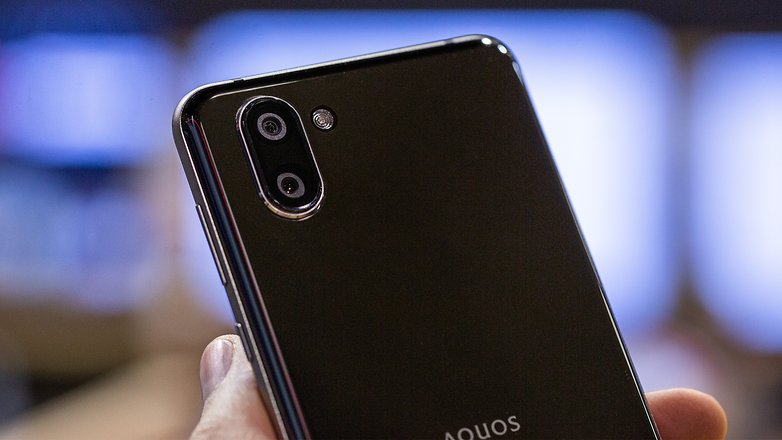
It's about flexibility here, because Sharp's dual-camera setup is more of a 1+1 solution. While the 12.2-megapixel main camera with fast focus and f/1.7 aperture is intended to take beautiful photos, the second camera, which is exclusively trimmed for videos, uses a 20.1-megapixel sensor with a Quad Bayer color filter and f/2.4 aperture. The viewing angle of the video camera is interesting because it is very large at 125 degrees. This one plus one setup from Sharp doesn't offer as much creative scope in the Aquos R3 as the triple or quad cameras the established competition are using.
Sharp Aquos R3 battery
When it comes to the battery, the second possible weak point of the Sharp Aquos R3 emerges. The battery is relatively small at 3,200 mAh. Many current top smartphones are now delivered with 3,500 mAh batteries, if not even with 4,000 mAh or more. Sure, the software also plays a big role in battery life, but on paper, overall battery life has the potential to be another weakness. Whether this flaw is serious or not worth mentioning, we will find out for you when we do our final review.
Sharp Aquos R3 technical specifications
Early Verdict
On paper and in the hand, Sharp's Aquos R3 certainly piques my interest. The double notch and the idiosyncratic interpretation of a dual camera make me wonder, but it also makes me curious about the test results that we will discover later. If you neglect the small battery, the Aquos R3 could be an interesting smartphone. But there are still many questions to be cleared before I can recommend the R3.



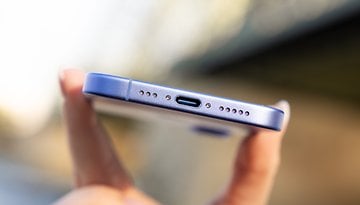
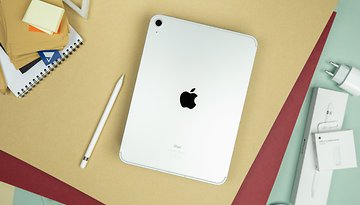
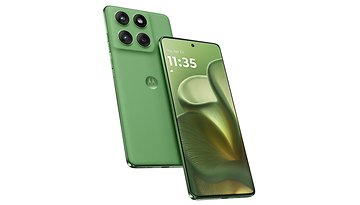



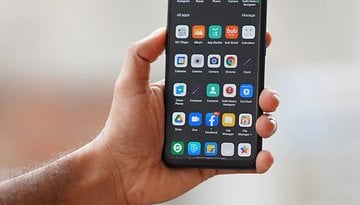
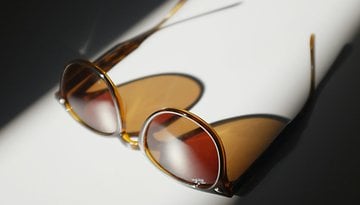

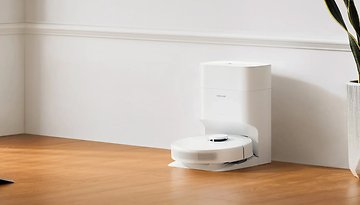


I've never even seen a sharp phone in person. I'd appreciate a deeper dive into their skin just so I know more about their UI philosophy. Also some insight into how well they handle updates. We all know updates are a major flaw for LG for example.
-
Admin
Sep 17, 2019 Link to commentBecause 2 notches are better than one !
4 notches are better than two !